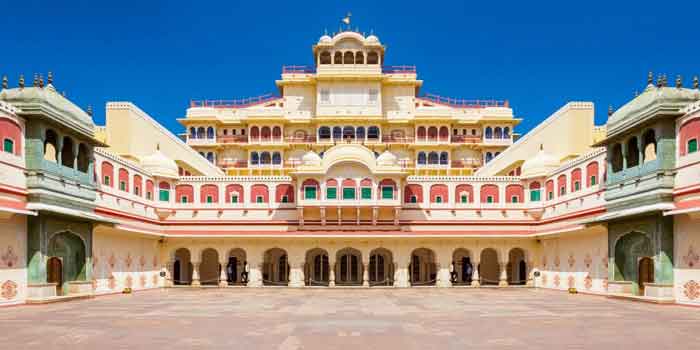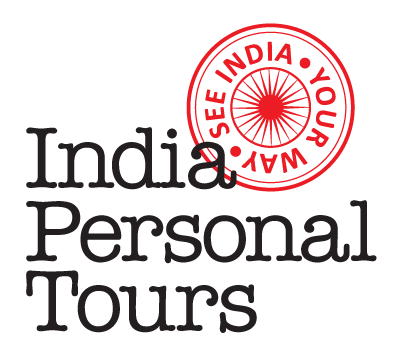
Comparing Seasons: Best Time to Visit the Golden Triangle
2023-11-02
Comparing Seasons: Best Time to Visit the Golden Triangle
The towns of Delhi, Agra, and Jaipur make up India's Golden Triangle, which is a traveler's paradise since it offers a kaleidoscope of historical, cultural, and architectural diversity. It's critical to pick the appropriate time to visit this famous area if you want to get the most out of your trip. Every season has its own distinct charms and difficulties. We'll examine the distinctive features of each season in the Golden Triangle. Here it will help you choose the ideal time to visit this enthralling region of India.
Spring: March to April
The Golden Triangle India has a lovely climate as winter gives way to spring. For those who prefer milder weather without the winter chill, now is a terrific time. The region blossoms with colour in the spring. During this time, Delhi's gardens, such as the Mughal Garden, explode in a riot of colour. It's breathtaking and ideal for nature lovers. You may engage in outdoor activities like biking, picnicking, and walking tours without having to endure the oppressive summer heat. Holi, the celebration of colours, usually takes place in March.
You can participate in this vivacious festival, giving your journey a distinctively ethnic touch. Be aware, though, that as April approaches and spring continues, the temperature begins to increase, and towards the end of the month, it may start to get pretty warm. Make careful to remain hydrated and use sunscreen if you intend to travel in April.
Winter: November to February
A particularly lovely time of year is winter in the Golden Triangle. Crisp, cool weather can be expected from November through February. There's a good reason why this is the busiest travel period. The often-clear and sunny skies make the cold environment perfect for exploring historical sites. The Taj Mahal, Amber Fort, and India Gate are just a few of the famous buildings in India that may be found in the Golden Triangle. It is enjoyable to visit these locations during the warm winter months. Without the oppressive heat or monsoon rains to deal with, you may explore. The region has a lively mood during the winter. While Christmas and New Year's celebrations illuminate the cities, Diwali, the Festival of Lights, often happens in October or November. During this period, you can fully immerse yourself in the diverse ethnic celebrations. Winter is the ideal time to visit Ranthambore National Park, the habitat of the magnificent Bengal tiger, if you're interested in animals and birdwatching. Your chances of seeing these elusive critters rise with the cooler weather. Winter's crystal-clear air makes for exceptional visibility and is ideal for photography. The architectural marvels are made even more beautiful by the gentle winter light, making it a photographer's dream. However, it's crucial to keep in mind that this is the busiest travel period, which means that hotels may be more expensive and popular attractions may become congested. It's a good idea to reserve your lodging much in advance.
Summer: May to June
Heat and aridity are hallmarks of the Golden Triangle's summertime. Due to the intense heat, this is not the most popular time for tourists, but it does have certain benefits. Because fewer people are travelling because of the extreme heat, there are shorter queues at popular attractions and better lodging prices. The summertime presents travellers with a more affordable choice because hotels and tours frequently offer large discounts. Even though the heat can be difficult, there are a few local fairs and festivals, such as the Teej Festival in Jaipur, that offer a distinctive cultural experience during this time of year. The Golden Triangle may be explored more affordably throughout the summer if you can withstand the heat and make plans to stay hydrated. However, be ready for soaring temperatures and the danger of heat exhaustion.
Monsoon: July to September
From July to September, the Golden Triangle experiences the monsoon season, which offers respite from the oppressive summer heat. Your travel plans may be affected by the region's high rainfall during this period. The rainfall turns the surroundings into a verdant wonderland. In the rain, the parks and gardens are at their most beautiful, and the monuments acquire a new, dramatic persona. Numerous holidays, including Janmashtami and Raksha Bandhan, are also brought on by the monsoon. A distinctive cultural immersion can be had by attending these festivities in the rain. But travelling in the monsoon has certain difficulties. Rain can fall nonstop, causing some regions to flood and making travel challenging. Due to the rain, sightseeing can be a little difficult.
Depending on your interests and tolerance for various weather conditions, there is no ideal time to visit India's Golden Triangle tour . The most pleasant season is winter, which is great for sightseeing, photography, and cultural events. The weather is milder in the spring, and there are more opportunities for outdoor activity. Despite its intense heat, summer can be less expensive due to fewer tourists and reduced rates. Monsoon season is for people who are willing to put up with a lot of rain but who value a lush, green environment and distinctive events.
